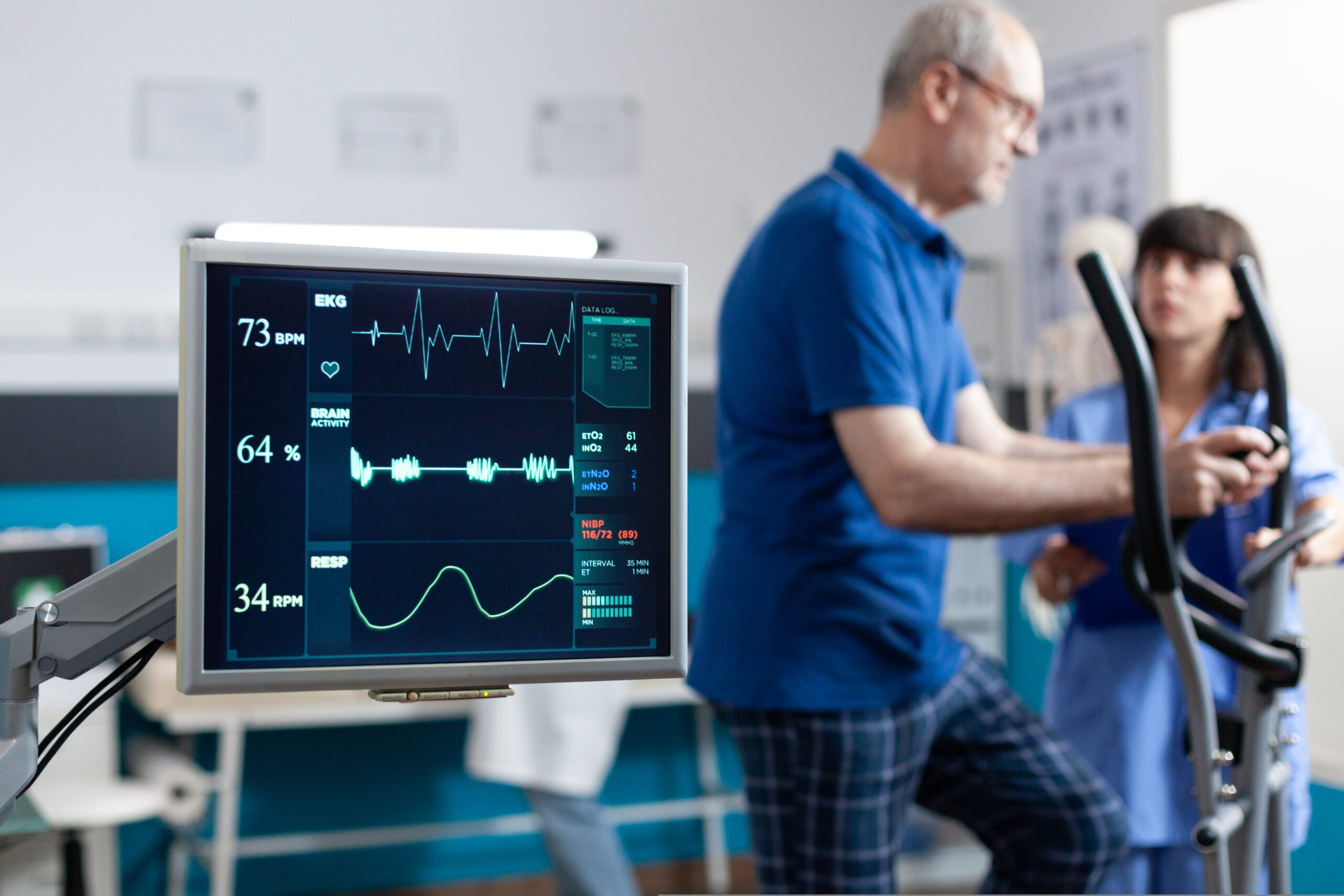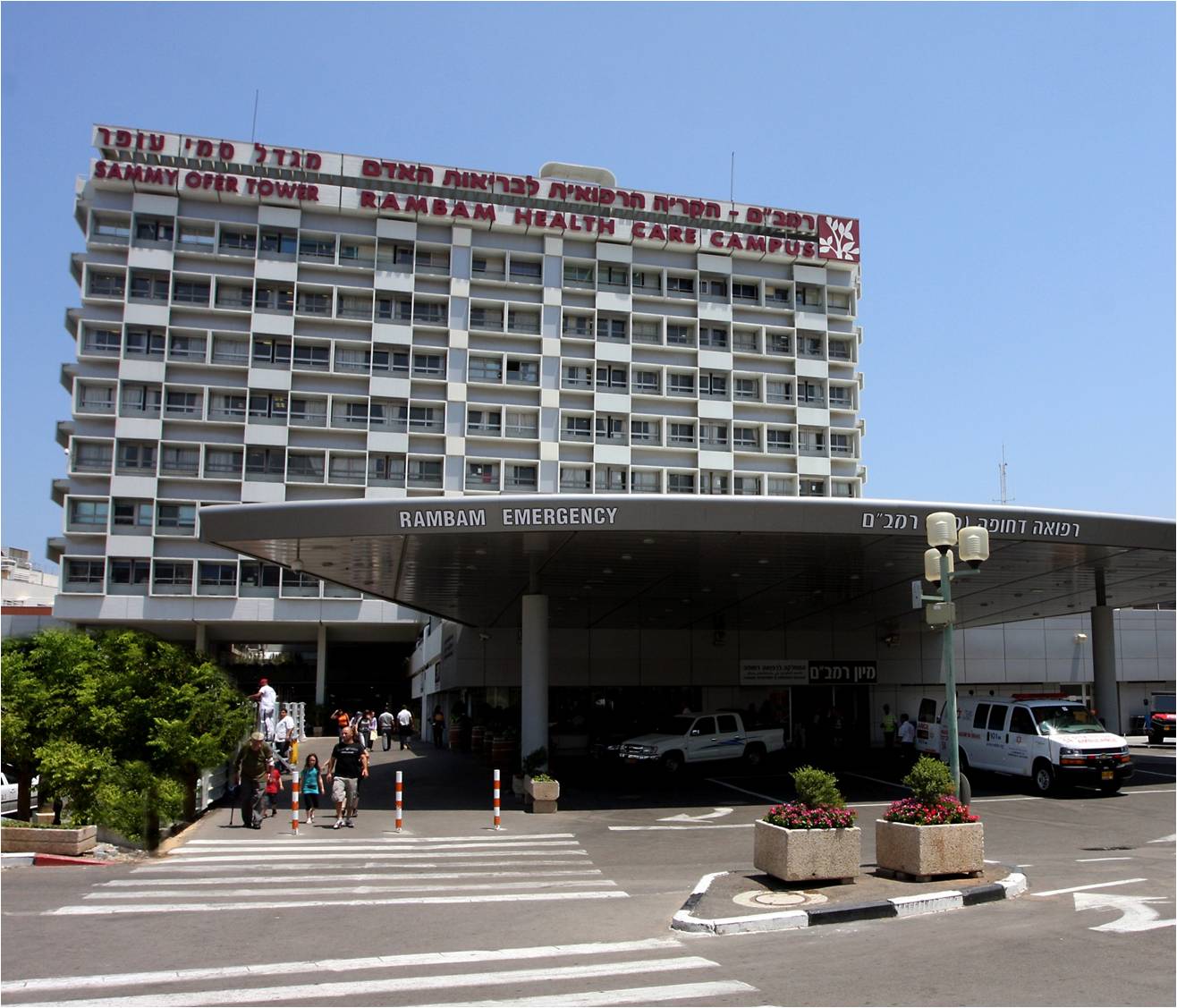HRV signifies fluctuations in time intervals between successive heartbeats. A heightened HRV showcases superior adaptability of autonomic regulation, whereas diminished HRV may signal physiological dysregulation or heightened systemic strain. Enhancing HRV transcends fitness aspirations – it embodies a cornerstone of circulatory stability, neurological resilience, and metabolic synergy.
Best Ways to Increase HRV Naturally
So, how to improve heart rate variability? Improving HRV requires a combination of healthy lifestyle changes, restoring nervous system balance, and supporting the body’s overall function. Below are empirically supported ways to boost HRV to amplify cardiac adaptability.
HRV Breathing Exercises
- Resonance Breathing: Methodical inhalation-exhalation cadence at 5-6 breaths per minute fortifies vagal activation.
- Boxed Inhalation Cycles: Sequential inhale-hold-exhale-hold patterns foster parasympathetic augmentation.
- Tuned Frequency Respiration: Personalized breathing tempo refines autonomic steadiness.
Meditation for Heart Rate Variability
- Mindfulness Practices: Help reduce the overactivity of the sympathetic nervous system (known as sympathetic dominance), which supports more stable heart rate variability (HRV).
- Compassion-Focused Techniques: Enhance vagal tone while fostering neuropsychological serenity.
- Bodily Awareness Training: Stimulates interoceptive acuity, refining nervous system harmony.
Sleep and Heart Rate Variability
- Deep Sleep Cultivation: Augmented restorative cycles elevate nocturnal HRV.
- Circadian Optimization: Aligning sleep-wake dynamics fortifies autonomic coherence.
Exposure-Based Adaptations
- Cold Immersion Therapy: Short-duration cold exposure sharpens vagal activation.
- Contrast Hydrotherapy: Alternating thermal gradients recalibrates HRV parameters.
Foods that Improve HRV
Certain nutrient-dense foods can enhance heart rate variability (HRV) by supporting autonomic balance and cardiovascular resilience. Omega-3-rich fish like salmon and mackerel reduce inflammation and stabilize heart rhythms. Magnesium-packed greens such as spinach and kale aid in nervous-system regulation, promoting vagal tone. Fermented foods like kefir and kimchi foster gut-heart axis harmony, indirectly boosting HRV. Antioxidant-loaded berries and dark chocolate combat oxidative stress, while hydration from electrolyte-rich coconut water optimizes cardiac conductivity.
HRV and Heart Health: Training Strategies
HRV enhancement thrives on biofeedback precision and neuroregulatory modulation.
- HRV Training Applications: Interactive platforms guiding coherence-based breathwork.
- High-Fidelity Chest Sensors: Athletic-grade monitors ensuring cardiac precision tracking.
- Minimalist Smart Rings: Continuous biometric monitoring without excessive bulk.
Efficient HRV recovery after exercise is essential for optimizing cardiovascular resilience and overall performance. Engaging in post-workout relaxation techniques, hydration, and nutrient-rich meals can accelerate it, promoting faster autonomic balance and muscle restoration.
Best Wearable Devices to Track HRV
- Oura Ring: Tracks temperature, HRV, and readiness indicators.
- WHOOP Band: Evaluates strain-recovery interplay post-exertion.
- Polar H10: Trusted by professionals for HRV analytics.
The best wearable devices to track HRV utilize advanced biosensors to monitor autonomic function and cardiovascular stability in real time. Devices like the Oura Ring provide continuous HRV analysis during sleep, offering insights into recovery and stress adaptation. The WHOOP Band is favored by athletes for its detailed tracking of strain, recovery, and HRV fluctuations post-exercise. For high precision, the Polar H10 chest strap delivers medical-grade HRV metrics, making it a preferred choice for professionals. Smartwatches like the Apple Watch and Garmin Venu integrate HRV tracking with daily activity, stress levels, and sleep patterns, helping users optimize overall well-being.
How Stress Affects HRV
- Autonomic Imbalance: Chronic systemic strain dampens vagal efficacy.
- Cortisol Dysregulation: Excessive neuroendocrine fluctuations erode HRV adaptability.
- Neurological Strain: Persistent overactivity diminishes homeostatic integrity.
If you notice any alarming symptoms or have been diagnosed with a heart condition, consulting a medical professional is essential. You can submit a request through our website, and we will match you with the most experienced specialist suited to your needs. Our extensive network includes top-tier experts across diverse medical fields, ensuring you receive the highest standard of care.
What is a good HRV score?
HRV norms fluctuate based on biological age and physiological variability, though RMSSD values surpassing 60 ms typically indicate superior autonomic regulation.
Can HRV be improved?
Yes, through disciplined lifestyle interventions such as structured breathwork, circadian alignment, micronutrient optimization, and stress attenuation.
How can I increase my HRV faster?
Adopt guided respiratory techniques, amplify aerobic resilience, and minimize sympathetic stimulants.
Which supplements enhance HRV?
Omega-3s, CoQ10, adaptogenic botanicals like ashwagandha, and L-theanine contribute to autonomic recalibration.
Why is my HRV consistently low?
Sustained HRV suppression arises from chronic overexertion, insufficient recovery, dysregulated sleep, or systemic inflammation. A comprehensive physiological assessment may pinpoint underlying causes.











